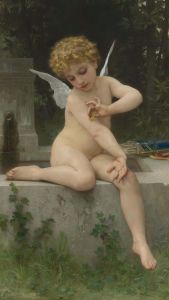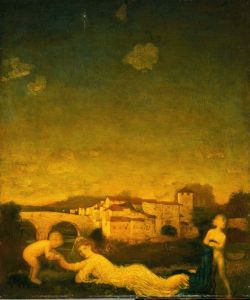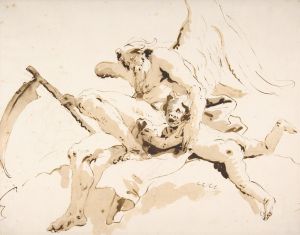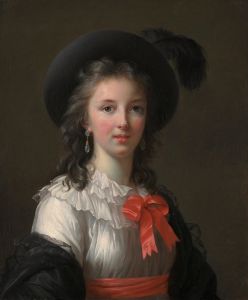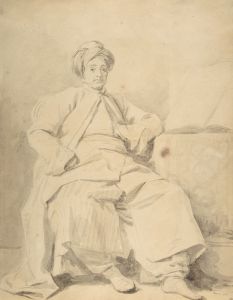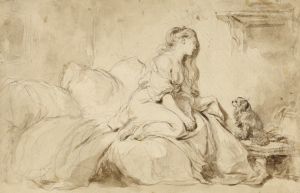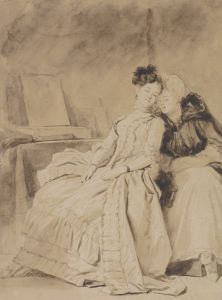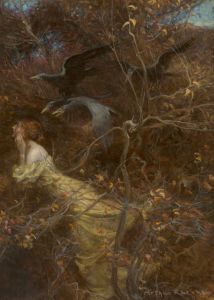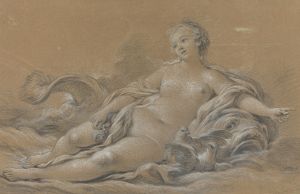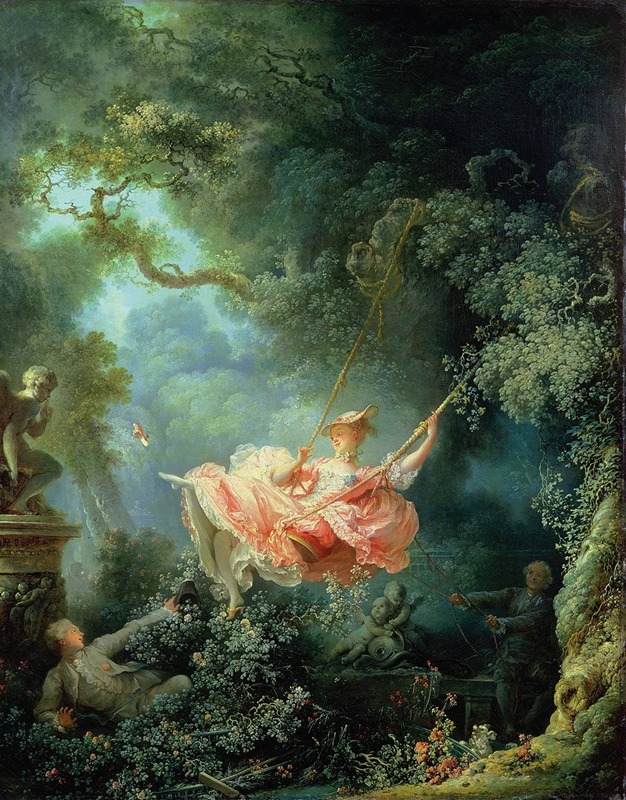
The Swing
A hand-painted replica of Jean-Honoré Fragonard’s masterpiece The Swing, meticulously crafted by professional artists to capture the true essence of the original. Each piece is created with museum-quality canvas and rare mineral pigments, carefully painted by experienced artists with delicate brushstrokes and rich, layered colors to perfectly recreate the texture of the original artwork. Unlike machine-printed reproductions, this hand-painted version brings the painting to life, infused with the artist’s emotions and skill in every stroke. Whether for personal collection or home decoration, it instantly elevates the artistic atmosphere of any space.
"The Swing" is a renowned Rococo painting by the French artist Jean-Honoré Fragonard, completed in 1767. This artwork is celebrated for its playful and light-hearted depiction of romance and flirtation, characteristic of the Rococo style, which flourished in France during the 18th century. Fragonard, a prominent figure in this movement, is known for his exuberant and sensuous compositions, and "The Swing" is one of his most famous works.
The painting measures 81 cm by 64.2 cm and is executed in oil on canvas. It is currently housed in the Wallace Collection in London, where it continues to attract art enthusiasts from around the world. "The Swing" is often cited as a quintessential example of Rococo art, which is characterized by its ornate detail, pastel colors, and themes of love and leisure.
In "The Swing," Fragonard captures a young woman in a pink dress, seated on a swing that is suspended from a tree. She is being pushed by an older man, partially obscured by the shadows of the lush garden setting. In the foreground, a young man reclines in the bushes, gazing up at the woman with admiration. The composition is dynamic, with the swing's motion suggested by the woman's extended leg and the fluttering of her dress and shoe, which has slipped off her foot.
The scene is imbued with a sense of playful eroticism, a hallmark of Rococo art. The young woman's shoe flying off her foot and the young man's strategic position beneath her suggest a flirtatious and possibly illicit encounter. The lush garden setting, with its overgrown foliage and statues, adds to the painting's sense of whimsy and fantasy.
Fragonard's use of color and light enhances the painting's lively and carefree atmosphere. The soft, pastel hues of the woman's dress contrast with the darker tones of the surrounding garden, drawing the viewer's eye to her figure. The dappled light filtering through the trees creates a sense of depth and movement, further emphasizing the painting's playful theme.
"The Swing" was commissioned by a French nobleman, Baron de Saint-Julien, who requested a painting of his mistress on a swing, pushed by a bishop. While Fragonard made some adjustments to the original request, the painting retains the spirit of the commission, capturing the frivolity and indulgence of the French aristocracy during the Rococo period.
This painting is often interpreted as a commentary on the decadence and moral ambiguity of the French elite prior to the French Revolution. The lightheartedness of the scene belies the complex social dynamics at play, reflecting the tensions between public decorum and private desires.
Overall, "The Swing" remains a beloved masterpiece of 18th-century art, admired for its technical skill, imaginative composition, and insight into the culture of its time. Fragonard's ability to convey the joy and spontaneity of the Rococo era ensures that "The Swing" continues to captivate audiences today.





